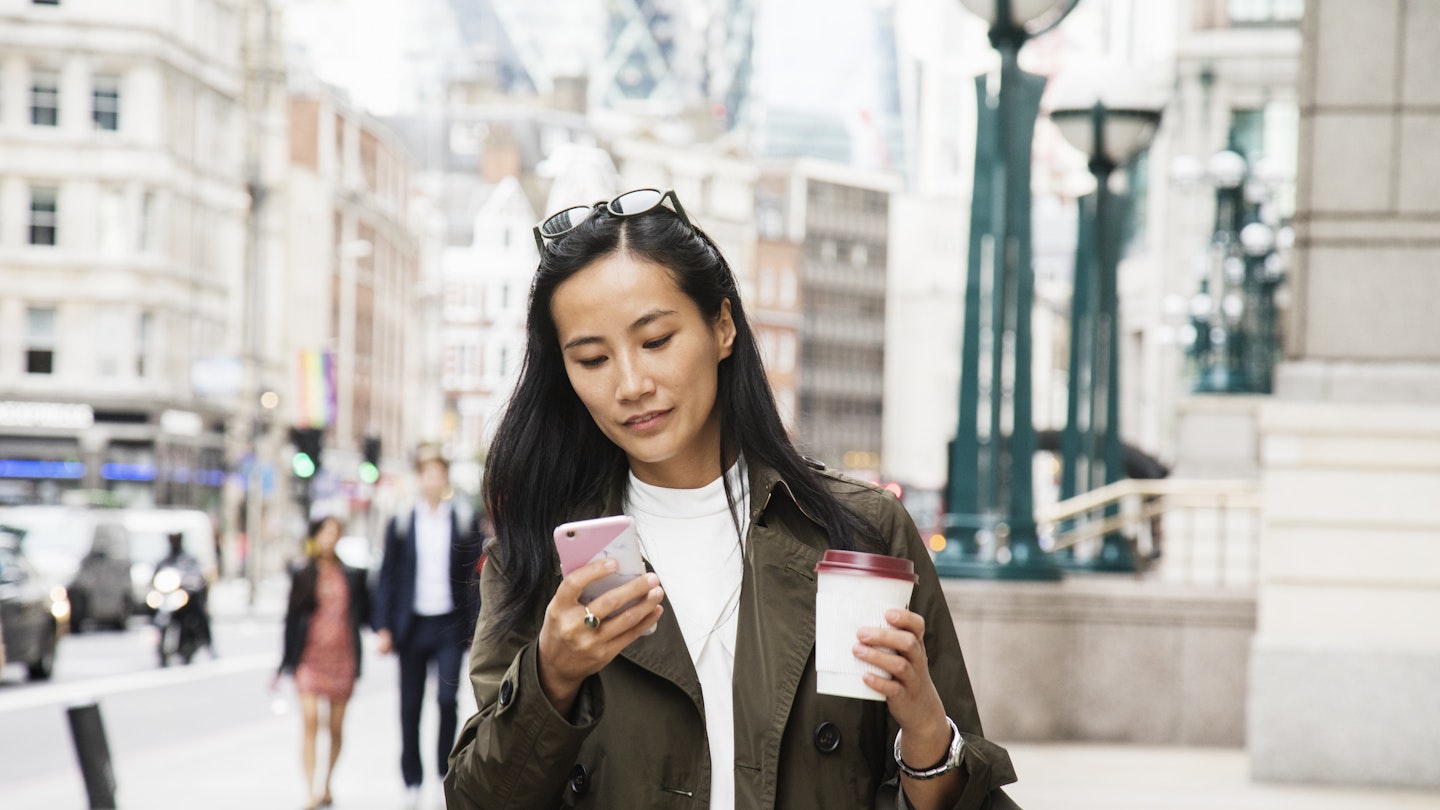Who knew that the Unicode Consortium – such a boringly named organisation that I initially pictured a round table of grey-suited men discussing encryption so ware – would turn out to be one of our greatest thought-leaders, paving the way for acceptance and tolerance across the entire globe? And who knew that it would be possible to do all this via the medium of... emojis?
Let me elaborate. The Unicode Consortium is the non-profit corporation that creates new emojis every year, taking requests and reviewing what’s needed as it goes. Depending on your sophistication levels (I have a handful of emoji snobs among my friends), your first reaction might be that these tiny cartoons are a lowbrow waste of time, their greatest strength being that they allow us to text each other filthy jokes without having to actually type out the words (which they really do! LOL).
But they’re absolutely more than that. In 2019, they’re also continuing important work in giving us the communication tools to treat diverse religions, ethnicities, disabilities and sexualities as the everyday facts of life that they are. This year’s new batch of emojis, announced by Unicode last week, includes a person gesturing to their ear – the American Sign Language gesture that denotes deafness (there’s also a new ear-with-hearing-aid). There are modern prosthetic arm and leg emojis. There are men and women in wheelchairs (both manual and electric) and others holding white sticks – all in multiple skin colours. You’ll even be able to create symbols representing same- or opposite-sex couples of different ethnicities holding hands. There’s also a drop of blood emoji, which aims to normalise periods – a survey done by the Unicode Consortium found that two-thirds of women still feel uncomfortable discussing menstruation.
If you’re still in ‘So what?’ mode, you’re not getting it yet. Emojis have become an integral part of how we communicate; in 2017, over 60 million were sent on Facebook every day. Yes, they can be silly. The new batch also includes a flamingo, a yo-yo and a hand pinching its thumb and forefinger together in what The Sun has dubbed ‘the small penis sign’ (Grazia would never be so rude). There’s many a time I’ve used the manicure emoji to demonstrate my smug nonchalance about a situation, the pig snout to tell my flatmate I have eaten all of her Ferrero Rocher, or the aubergine emoji to express, er, enthusiasm.
But if there’s one thing these new arrivals tell us about the world today, it’s that addressing cultural diversity is something we collectively care about more than ever. In 2019, we don’t just want to use a yellow-faced man to symbolise the friend we’re texting about – we want you to know that it was our friend who wears a hijab (a 2017 Unicode addition, thanks to the 15-year-old Saudi campaigner Rayouf Alhumedhi), or has Afro-textured or red hair, or uses a wheelchair or sign language. We want to recognise all the different types of people who make our world so interesting – and we want to refer to them as matter-of-factly as we do a thumbs-up or a flower.
And to that mentality, I say: ❤️😍👊🦄
